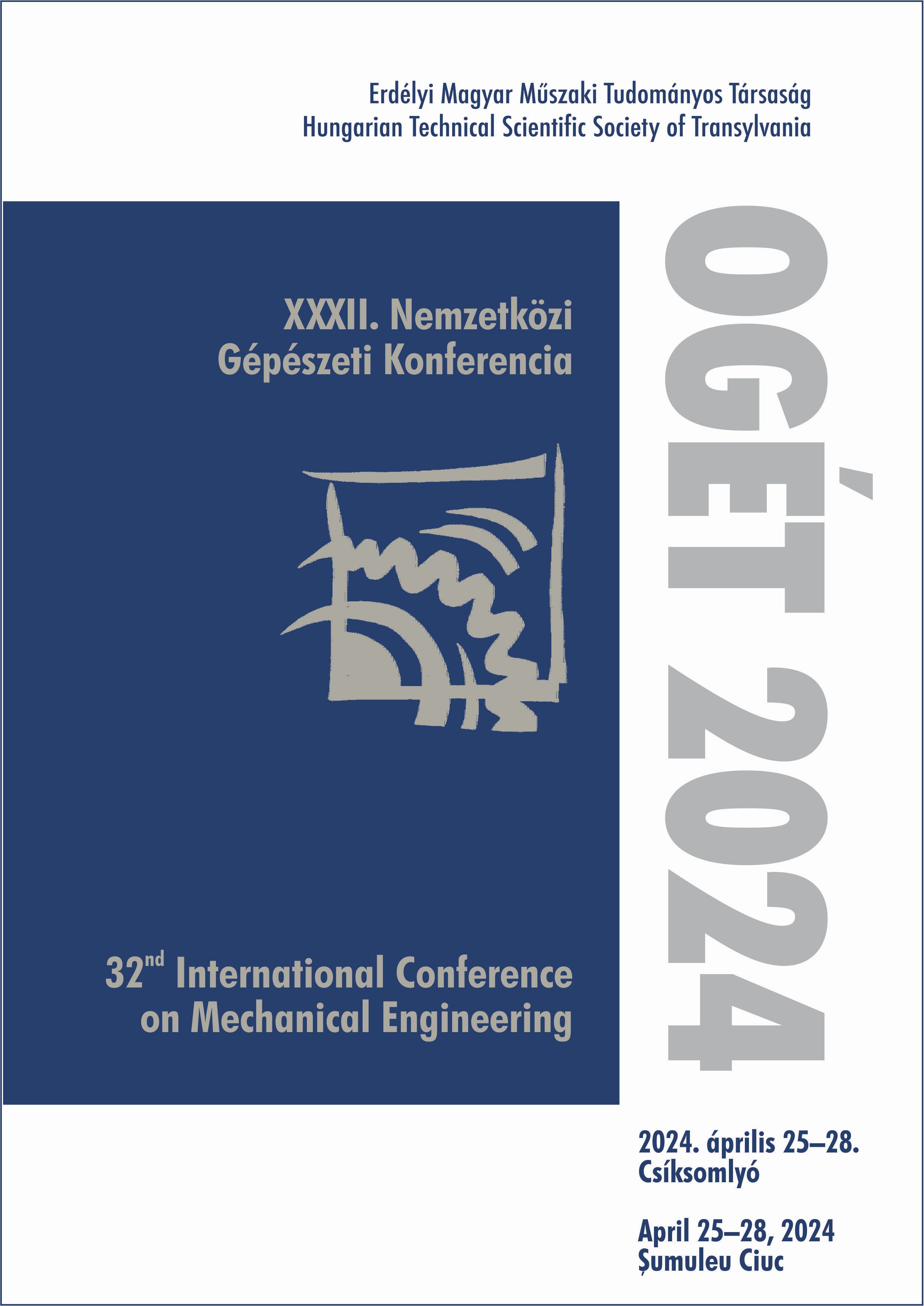Farost-erősítésű kompozit előállítása szelektíven gyűjtött poliolefin kupakból és fa hulladékból
Production of wood-plastic composite from selectively collected polyolefin cap and wood waste
Keywords:
wood fiber, composite, polyolefin, waste reduction, recycling, /, farost, kompozit, poliolefin, hulladékcsökkentés, újrahasznosításAbstract
Due to the high demand for polyolefins, their recycling can help reducing plastic waste pollution. The use of degradable materials, such as wood fibers as a by-product of wood processing, can also contribute to waste reduction. The processing of these two materials into wood-plastic composites could be a possible solution for recycling plastic and wood waste. An analysis of the mechanical properties of the produced test specimens was carried out.
Kivonat
A poliolefinek iránti kiemelt kereslet miatt újrahasznosításuk a műanyaghulladék-szennyezés mérséklését előmozdíthatja. A hulladékcsökkentéshez hozzájárulhat a lebomló anyagok, például a faipari eljárások melléktermékeként képződő farost használata is. E két anyag farost-erősítésű kompozitként történő feldolgozása a műanyag és fa hulladék újrahasznosítására lehetséges megoldást jelenthet. Kutatásunk során az előállított próbatestek mechanikai tulajdonságainak elemzését valósítottuk meg.
References
Plastics Europe: Plastics-the fast Facts 2023. Plastics Europe, Brussels, 2023.
Plastics Europe: Polyolefins.
https://plasticseurope.org/plastics-explained/a-large-family/polyolefins-2/ (Utolsó megtekintés: 2024. 02. 20.).
United Nations Environment Programme (UNEP): From pollution to solution – a global assessment of marine litter and plastic pollution, Nairobi, 2021.
Ocean Conservancy: International Coastal Cleanup 2023 Report, Washington, D.C., 2023.
Czvikovszky T., Nagy P., Gaál J. A polimertechnika alapjai. Műegyetemi Kiadó, Budapest, 2000.
Ashori A.: Wood–plastic composites as promising green-composites for automotive industries!. Bioresource technology, 2008, 99(11), 4661-4667.
Gardner D. J., Han Y., Wang L. Wood–plastic composite technology. Current Forestry Reports, 2015, 1, 139-150.
Bhaskar K., Jayabalakrishnan D., Kumar M. V., Sendilvelan S., Prabhahar M. Analysis on mechanical properties of wood plastic composite. Materials Today: Proceedings, 2021, 45, 5886-5891.
Pokhrel G., Gardner D. J., Han Y. Properties of wood–plastic composites manufactured from two different wood feedstocks: wood flour and wood pellets. Polymers, 2021, 13(16), 2769.
Mosavi-Mirkolaei S. T., Najafi S. K., Tajvidi M. Physical and mechanical properties of wood-plastic composites made with microfibrillar blends of LDPE, HDPE and PET. Fibers and Polymers, 2019, 20, 2156-2165.
Ezzahrae M. F., Nacer A., Latifa E., Abdellah Z., Mohamed I., Mustapha, J. Thermal and mechanical properties of a high-density polyethylene (HDPE) composite reinforced with wood flour. Materials Today: Proceedings, 2023, 72, 3602-3608.
Chaharmahali M., Mirbagheri J., Tajvidi M., Najafi S. K., Mirbagheri Y. Mechanical and physical properties of wood-plastic composite panels. Journal of Reinforced Plastics and Composites, 2010, 29(2), 310-319.
Najafi S. K., Hamidinia E., Tajvidi M. Mechanical properties of composites from sawdust and recycled plastics. Journal of Applied Polymer Science, 2006, 100(5), 3641-3645.
Bárczy P. Faanyagok alkalmazástechnikája, Miskolci Egyetem, Miskolc, 2009.


